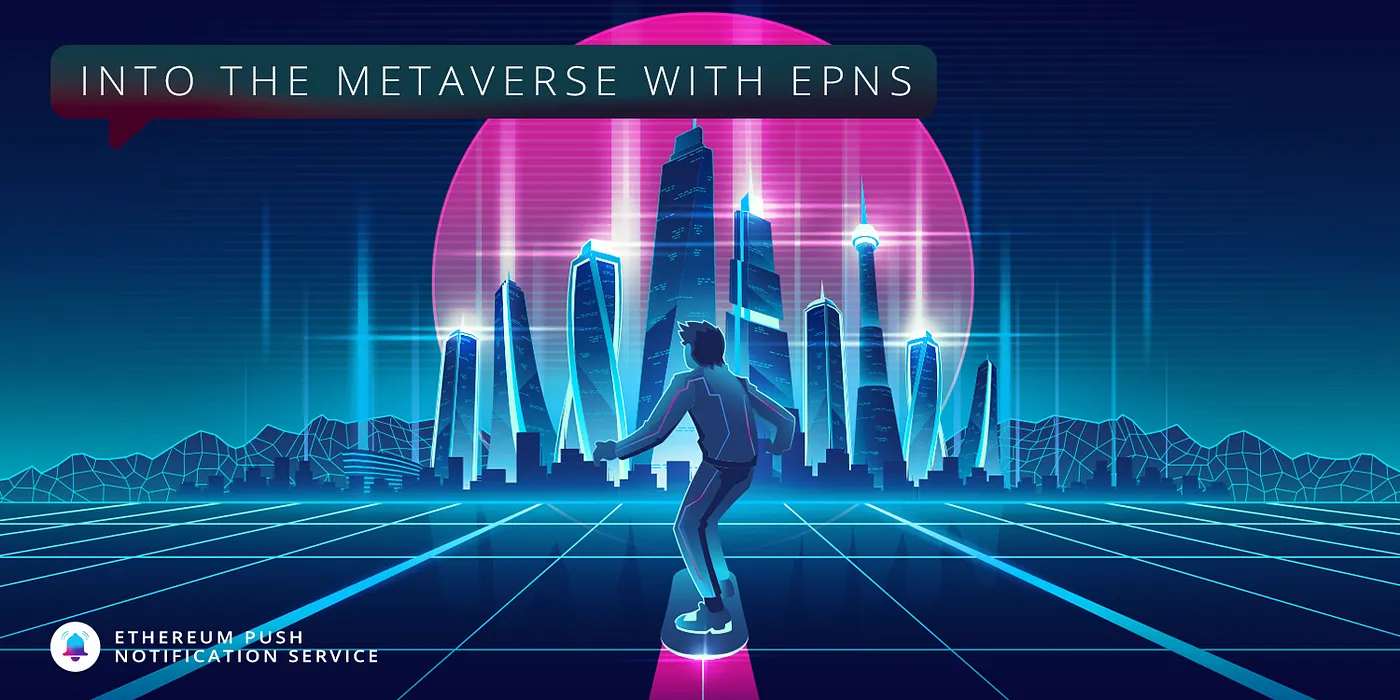
The Metaverse — a digital space of the future where people from all walks of life don upon themselves a digital identity that allows them to interact, socialize and work in a virtual world. Today, the Metaverse is more than just an idea. It’s being worked upon by thousands to become a reality. It brings about a new era, a new frontier — “the next big thing” of the digital revolution of the internet that we all are part of for the past 20–30 years.
So what’s so exciting about this so-called Metaverse? In fact, what is it even? Let’s dive deep into this rabbit hole of endless possibilities and learn more about what all this hype is all about.
What is the Metaverse?
If you’ve seen movies like “Ready Player One”, you must already be able to grasp what a Metaverse means. A Metaverse is not a specific game or an application; it is a virtual space that could possibly combine virtual reality, augmented reality, the internet, and of course crypto. The Metaverse is one of the most obvious “next steps” in the evolution of social technological advancements and immersion we have as a human species. As we moved from local/regional gatherings to instant messaging and group chats, to now group video calls and meetings. Being “online” is now so common for us that life before it seems impossible or at least an inconvenience.
One could say that a metaverse is a new form of digital nation-state, which is powered by cryptoeconomic systems which potentially has a single source of truth.
A Realm of Infinite Possibilities
With the help of blockchain and Web3, we are able to create digital worlds that have cryptographically proven digital scarcity, interoperability, programmability, and permissionless innovation.
Imagine the day when you can experience the heat of the Sahara, and the wilderness of the Amazon rainforest, and experience what it feels like to be in space, all the while chatting with your friends, and while being in the comfort of your home?
Imagine being able to teleport virtually to any place you want to, showing off your digital space, and experiencing things in a way that you never could in the physical world. This is what the Metaverse allows you to do.
It blurs the lines between what it means to be virtual and to be in reality. Eventually, we all will move towards a digital life that intermingles with our physical life, and although it may sound crazy, what do our lives look like now? Most of us spend most of our time on the internet (and if you’re a CT degen you’re probably here 24/7 😉).
While no one is completely sure what the Metaverse is going to look like. There seems to be a general consensus about what people expect it to be — shared virtual spaces where anyone can hang out, socialize, work, play, or live, without the limitations of geographical or physical limitations. These worlds will have their own functional economies. Creators and influencers will make it more engaging just like the social media we have today. Digital identities and virtual assets will become a thing (well, it already is), and hopefully, a shared, open-sourced system, will be behind the scenes (such as Ethereum). NFTs and digital lands, and other assets, are no longer argued to be just speculative items, but something that is required to build these digital creator economies from the ground up.
Even Facebook, recently changed its name to Meta to signal its focus in working on building a Metaverse, although it would most probably be a closed-source one. Meta wants to bring everyone to their digital space, whereas Web3 is also working towards the same goal but using open and shared systems and in a privacy-centric way. It’s almost like a race to the finish, one that remains to be seen on who will win.
EPNS brings decentralized communication to a decentralized metaverse
As Web3 brings about the Metaverse in a decentralized way, an issue of communication between users and protocols is posed. EPNS will play a key role in acting as the communication layer for the Web3 as the Metaverse is built in the coming years. DeFi in the Metaverse is what will connect different shared spaces to transfer value across each other, in the same way, for these protocols in the Metaverse to communicate with users, EPNS will act as the channel for it to happen.
Imagine a scenario where your virtual land in Decentraland is up for auction and when visitors bid for your land you get instantly notified about the latest bid via EPNS. Similarly, planning and communicating with your friends while visiting virtual art galleries like those replicated by Sotheby’s will be a reality in the future.
EPNS is more than just a decentralized notification system, it is a way for services, smart contracts, protocols, etc. to communicate with their users. As the Metaverse expands, so will EPNS and its importance in the digital world. Communication has been one of the biggest barriers to user experience that prevents users from mass adoption.
Also, we recently also spoke about Metaverse and the possibilities around it on A Show about crypto podcast featuring Harsh Rajat, EPNS founder.
With the scaling solutions being adopted day by day and the communication layer established by EPNS for the Metaverse and Ethereum as a whole, Web3 is primed for real mass adoption among the global population.
